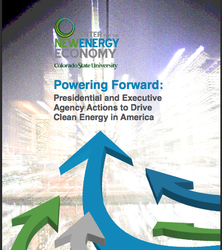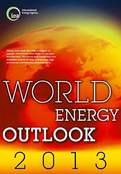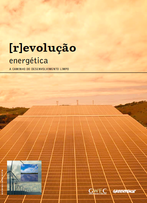
Because diesel must be imported, the cost of electricity on the islands is generally very high, which makes renewable alternatives economically as well as environmentally attractive.
The countries signed the pact at a multiday meeting organized by the Carbon War Room, a nonprofit organization that Richard Branson, the billionaire founder of the Virgin Group, established to fight climate change. More here.










 RSS Feed
RSS Feed